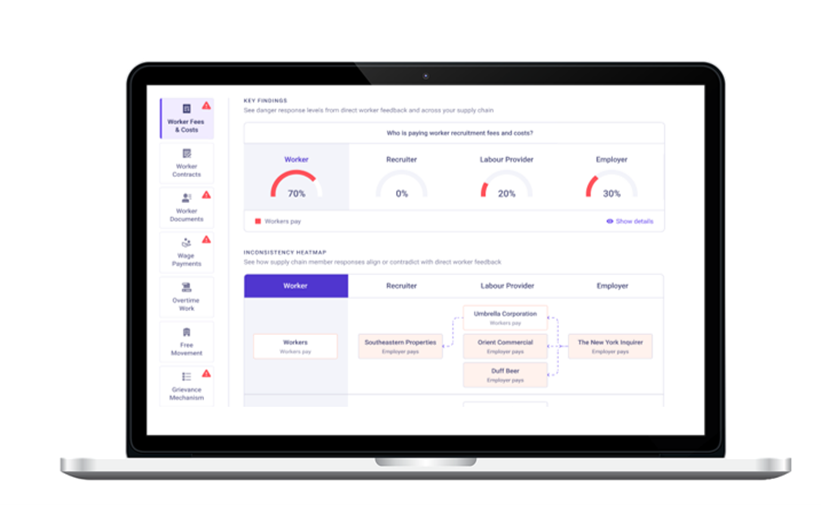SFDR Annex 1 - Principal Adverse Sustainability Impact Statement (PAIS) Released on diginexESG

What is the purpose of the Principal Adverse Sustainability Impact Statement (PAIS), and who is it for?
In 2018, the European Commission launched the Sustainable Finance Action Plan (SFAP) as part of its broader efforts to promote sustainable and green growth. One of the most important pillars of the SFAP initiative affecting ESG reporting is the Sustainable Finance Disclosure Regulation (SFDR).
SFDR was designed to improve transparency in the market for sustainable investment products, to prevent greenwashing and to increase transparency around sustainability claims made by financial market participants. To accomplish this, SFDR regulations coming into effect in Jan 2023 will require financial market participants (FMPs) to publish a Principal Adverse Sustainability Impact Statement (PAIS) annually.
These PAIS must be released by June 30th of each year, which means financial market participants must begin releasing their PAIS within the next 6 months. The PAIS will apply to Asset and Investment Managers, Insurance companies, Asset owners (including pension funds), Banks and private wealth advisors.
What is included in a PAIS?
A PAIS aims to outline a broad scope of environmental & social indicators (incl. emissions, biodiversity and gender pay gap data among else) that will help improve investors and other stakeholders understanding of their investable universe.
PAIS covers both mandatory indicators, which are divided into 6 environment metrics and 5 social and employee metrics. In addition, 22 voluntary environmental indicators and 24 social indicators exist for FMPs to optionally report on.
Is the PAIS (and largely the SFDR) the same as the EU Taxonomy?
The SFDR and the EU Taxonomy are both part of the EU's efforts to promote sustainable finance and support the transition to a low-carbon, climate-resilient economy. However, despite both being created by the SFAP, they serve very different purposes and have different applications.
The SFDR is a regulatory framework that requires certain financial market participants and financial advisers to disclose how they consider sustainability risks in their investment decision-making processes. The SFDR also requires investment products to be labeled according to their sustainability characteristics.
The EU Taxonomy, on the other hand, is a classification system that defines what activities are environmentally sustainable. It provides a common language and a set of criteria for identifying environmentally sustainable economic activities across six environmental objectives. The EU Taxonomy is intended to be used as a reference framework for disclosing environmental sustainability information and for labeling sustainable investment products.
In summary, the SFDR is a regulatory framework that focuses on disclosure and transparency in the financial sector and has regulations such as PAIS, while the EU Taxonomy is a classification system that defines what activities are environmentally sustainable.
Join DiginexESG now or log in to get started with your ESG reporting and benefit from all the features it has to offer.



